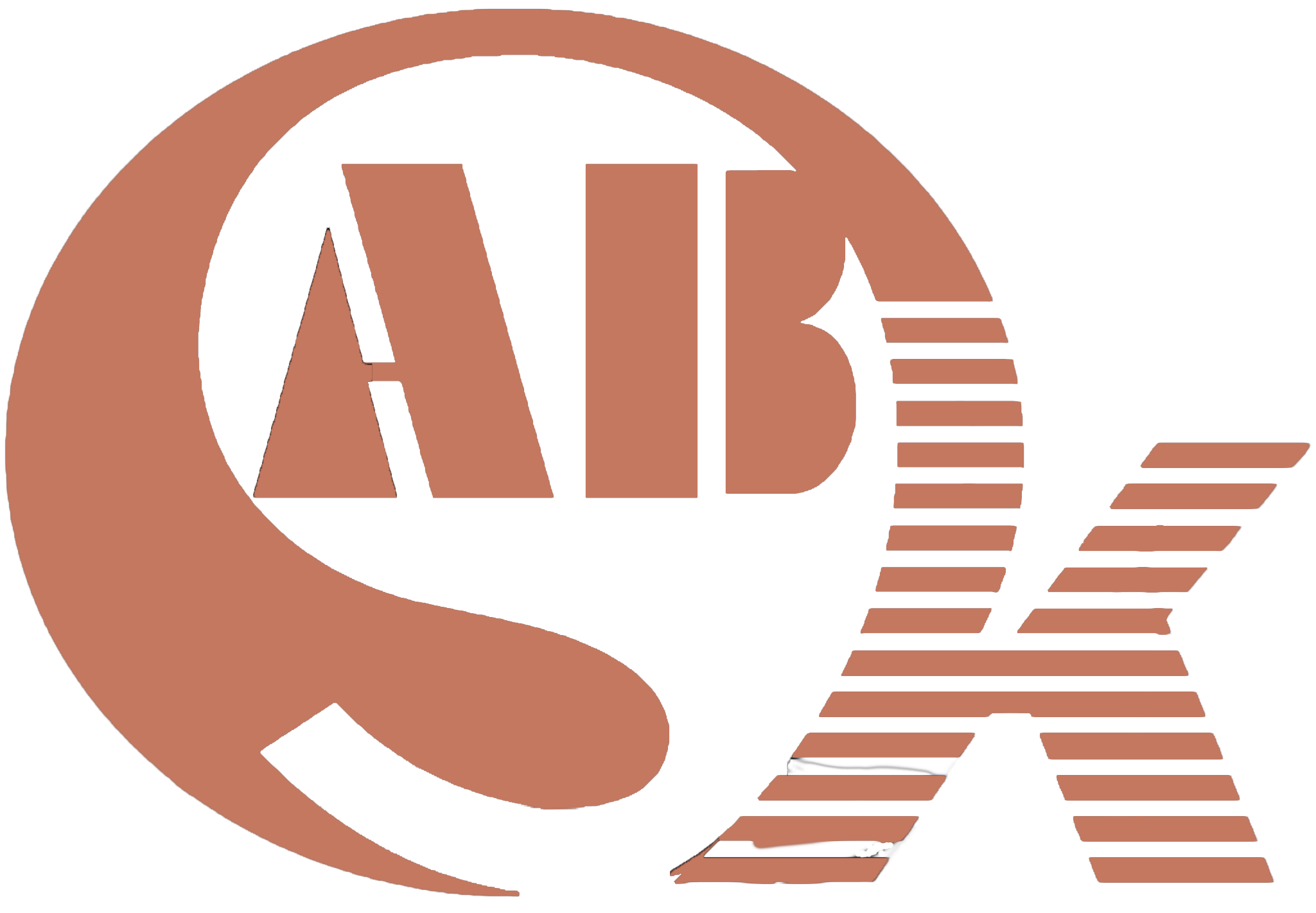Navigating Weld Test Challenges: Can a 3G Weld Test Groove Be Rotated for Evaluation?
In the intricate world of welding, the evaluation of welds is a critical aspect, and the 3G weld test groove stands as a significant benchmark. One question that often arises is whether a 3G weld test groove can be rotated during testing. In this article, we explore this query from various angles, shedding light on the challenges and possibilities. Additionally, we delve into the role of welding rotators, rotating welding tables, and pipe rotators for welding in addressing these challenges. Join us on a journey through the welding landscape, where precision meets evaluation, and industries converge on the quest for optimal weld quality.
Understanding the 3G Weld Test Groove: A Crucial Evaluation Benchmark
1. The Significance of the 3G Weld Test:
- The 3G weld test groove is a common evaluation method used to assess the vertical up welding position. It plays a vital role in determining a welder’s skill, as it involves welding in the vertical position against gravity. The evaluation of this test is crucial for certifying welders for various industries.
2. Challenges in Traditional Testing Methods:
- Traditional methods of conducting 3G weld tests involve fixed positions, limiting the scope of evaluation. Welding in a fixed position may not accurately simulate real-world scenarios where welds need to be performed on varied surfaces and angles.
Can a 3G Weld Test Groove Be Rotated? Exploring the Possibilities
1. The Role of Rotating Welding Tables:
- Rotating welding tables emerge as potential solutions to the challenge of fixed positions in 3G weld testing. These tables allow for the rotation of the workpiece, simulating a dynamic welding environment. The controlled rotation facilitates a more comprehensive evaluation of a welder’s ability to adapt to different angles.
2. Leveraging Pipe Rotators for Welding Efficiency:
- Pipe rotators for welding add another layer of adaptability to 3G weld testing. As pipes are common in various industries, the ability to rotate them during testing ensures that welders can showcase their skills in positions relevant to the applications they might encounter in their work.
3. Addressing Real-world Scenarios:
- The welding landscape is diverse, and welders often find themselves working in situations that demand adaptability. By introducing rotation into the 3G weld test groove evaluation, we align the testing process more closely with real-world scenarios, ensuring that certified welders are equipped to handle a variety of welding positions.
The Role of Welding Rotators: Precision in Motion
1. Enhancing Welding Efficiency:
- Welding rotators play a pivotal role in optimizing welding efficiency. By automating the rotation of cylindrical workpieces, such as pipes or vessels, welders can focus on the welding process itself, leading to increased productivity and precision.
2. Versatility Across Industries:
- The application of welding rotators spans across various industries, from construction to manufacturing and beyond. Their adaptability makes them indispensable in scenarios where a dynamic welding position is required, aligning with the challenges posed by traditional fixed-position testing.
Customer Concerns: Addressing the Need for Precision and Adaptability
1. Customer Demand for Real-world Relevance:
- Customers in the welding industry seek certifications that reflect real-world welding scenarios. The ability to rotate a 3G weld test groove during evaluation aligns with this demand, ensuring that certified welders are equipped to handle the challenges they may encounter in their respective fields.
2. Attracting Attention Through Adaptability:
- Welding equipment that embraces adaptability and precision, such as rotating welding tables and pipe rotators, attracts the attention of customers. The ability to simulate real-world scenarios in testing contributes to the overall attractiveness of certification programs, both for aspiring welders and industries seeking skilled professionals.
Evaluating Welds with a 360-Degree Perspective: Conclusion
In conclusion, the question of whether a 3G weld test groove can be rotated during testing opens a door to a more comprehensive evaluation of welding skills. The integration of rotating welding tables, pipe rotators, and welding rotators addresses the limitations of fixed positions in traditional testing methods. This evolution in testing aligns with customer concerns for certifications that reflect real-world welding scenarios. As industries continue to seek skilled welders capable of adapting to diverse welding positions, the intersection of precision and adaptability becomes paramount. In the journey of evaluating welds, embracing a 360-degree perspective ensures that the certifications awarded carry the weight of real-world relevance, meeting the evolving demands of the welding landscape.
